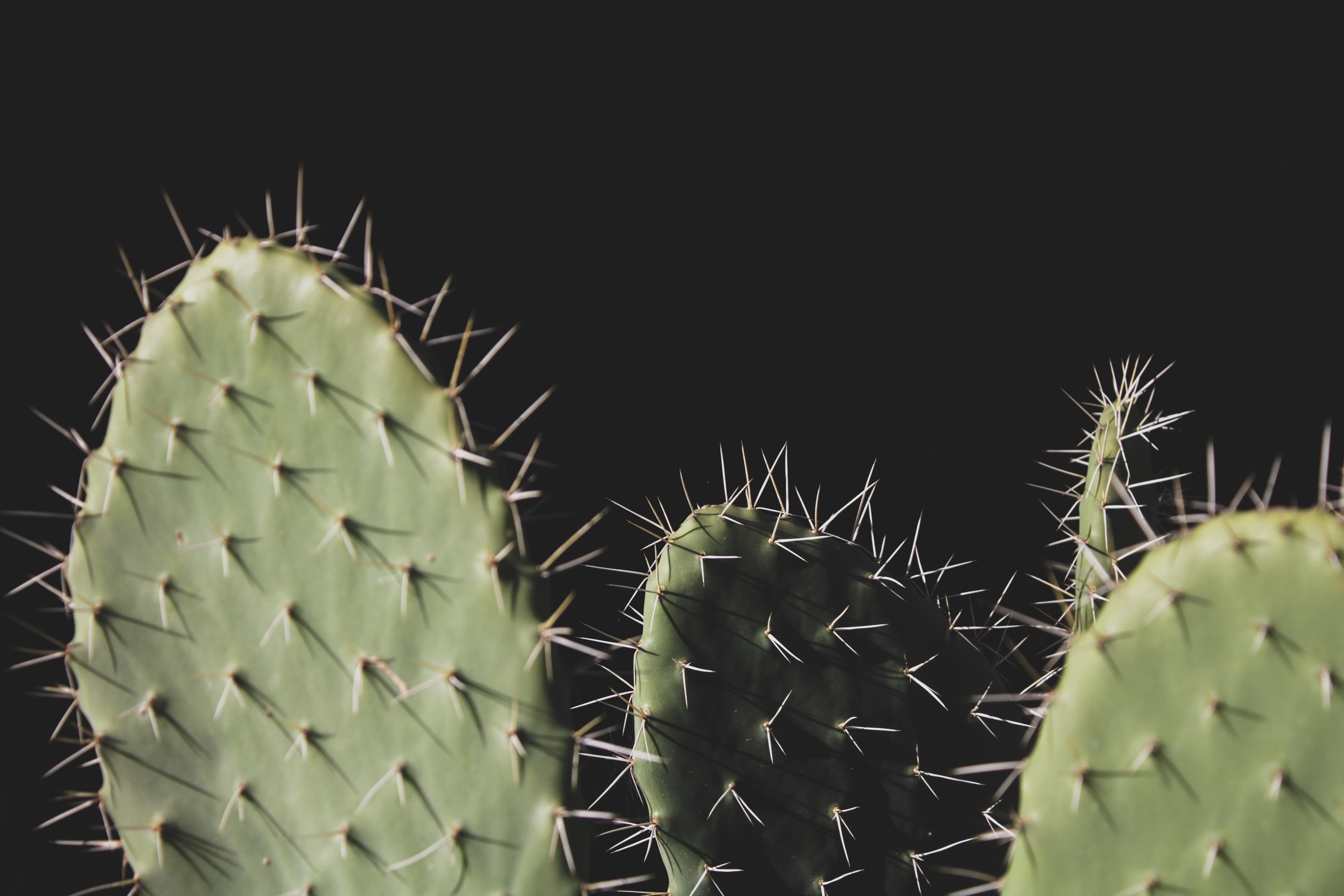
In Kenya, Maasai women have found an eco-friendly solution to an invasive and hazardous plant.
Parts of the opuntia cactus are edible, but its outer layers are covered in spikes and harmful to livestock which try to graze on it.
A group of women are now transforming the prickly pear into a bio-gas and preserves.
It is bringing them a form of employment and a method of empowerment.
Kenya’s livestock threatened by invasive cactus
The wilderness of Laikipia County, near Nairobi, is home to goats and cattle that roam freely.
They are frequently attracted to grazing on prickly pears, but these are an invasive species which threaten the natural environment.
The cacti were introduced by colonialists in the early 1900s as a natural fence and have morphed into an invasive menace that outcompetes native plants.
Its seed gets widely dispersed by the wind and the animals that pass through.
The hairs which cover the fruit can cause internal obstructions when eaten by animals, posing a significant threat to livestock.
Local farmers say the cactus now competes for critical resources, jeopardising community lands, wildlife reserves and livestock ranches.
Its encroachment also hinders wildlife navigation as well as reducing grazing areas.
Naimadu Siranga, a 65-year-old herder, has witnessed the devastation of the cactus firsthand, leading to the loss of over 150 of his goats and sheep.
“I once maintained a herd of more than 100 goats. Unfortunately, a series of losses ensued when they started consuming cactus plants, which led to mouth injuries, severe diarrhoea, and ultimately, the demise of my livestock,” he says.
“These circumstances have inflicted significant financial setbacks.”
Women’s group transforms cacti into bio-fuel
Now a women’s group in Laikipia County is transforming the cacti from a problem into a new enterprise.
They harvest the prickly pear and turn it into biogas which they can use in their homes.
The Iloplei Twala Cultural Manyatta Women Group has 203 members who are now employed in converting the cactus pulp into fuel.
This approach not only eradicates the cactus but also promotes environmental conservation and offers an alternative livelihood for the women.
“We came together because in Maasai culture, women do all the domestic work and own nothing at home,” says Rosemary Nenini, a member of the group, “so we want to empower ourselves.”
The fruits from the cactus are edible for both humans and animals if separated from their sharp spines.
So the Twala women at Laikipia Permaculture are also using the fruit to create a range of products including jams, cosmetics and juices. This generates an independent income for them.
Cacti pose a danger to baby elephants
Loisaba Conservancy, a 58,000-acre wildlife habitat in northern Kenya, home to iconic species such as lions and wild dogs, also grapples with the invasive cactus.
Animals unwittingly facilitate the spread of this invasive plant. Baboons, elephants, guinea fowl, and tortoises consume the sweet fruit and disperse the seeds.
However, elephants, while skilled at extracting the fruit from the spiny thorns, sometimes suffer from digestive issues due to the fruit’s small hairs.
“If the elephant is young, the hairs of the fruit can irritate the gut lining, create diarrhoea and sometimes even irritation in the gut,” says Tom Silvester, the Conservancy’s Chief Executive.
Combatting this invasive species proves challenging, as it spreads aggressively, even on barren rock.
Traditional removal methods, like manual labour and burning, have proved ineffective.
Teams now use heavy machinery to uproot the cactus, transferring it to designated areas and burying it in deep pits to minimise carbon emissions during decomposition.
This strategy results in fertile zones where native plants can regenerate and flourish.
As of June 2023, Loisaba Conservancy successfully cleared 3,100 acres of opuntia, marking a significant step in the fight against this environmental menace.
Research scientist Winnie Nunda from the Centre for Agriculture and Bioscience International says it’s a step towards preserving the country’s biodiversity.
Source euronews.green


